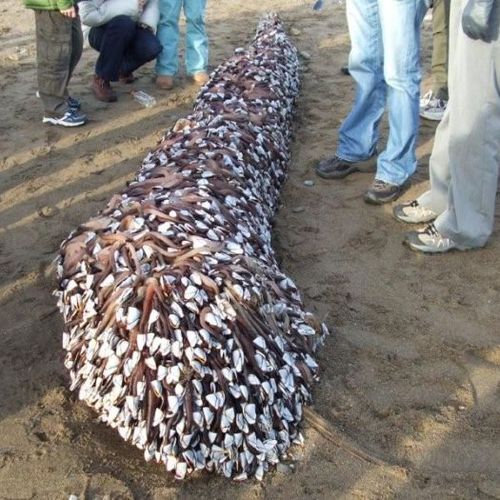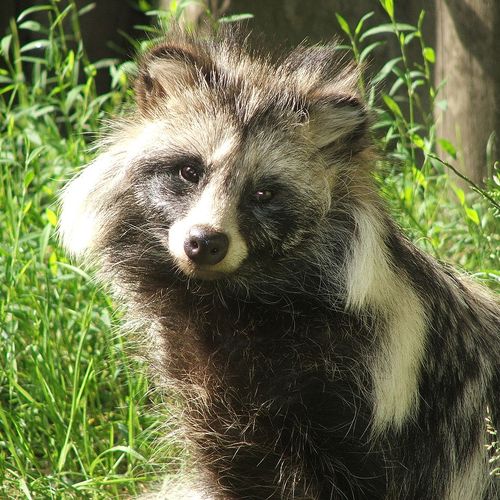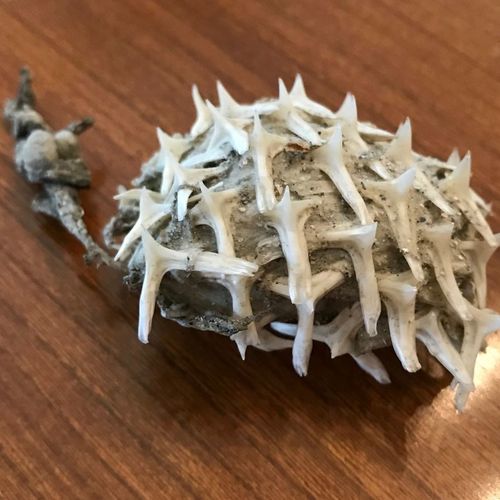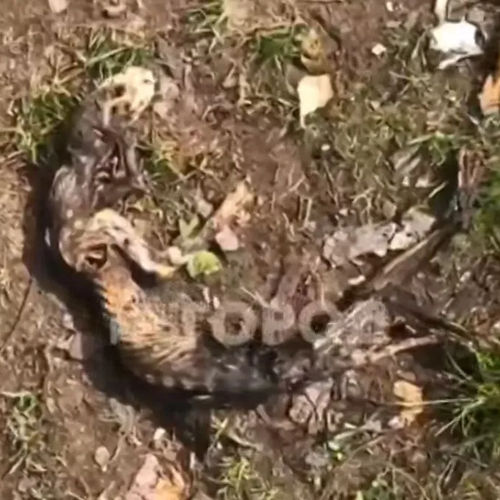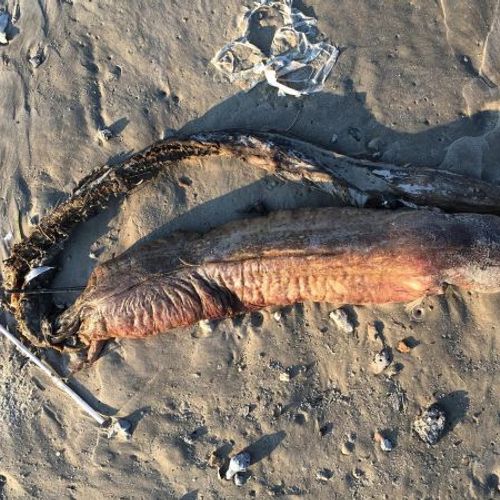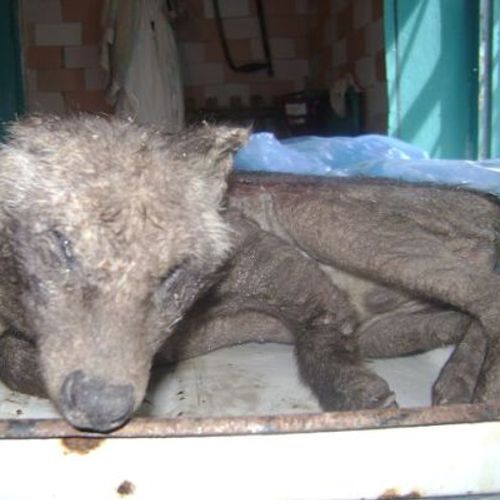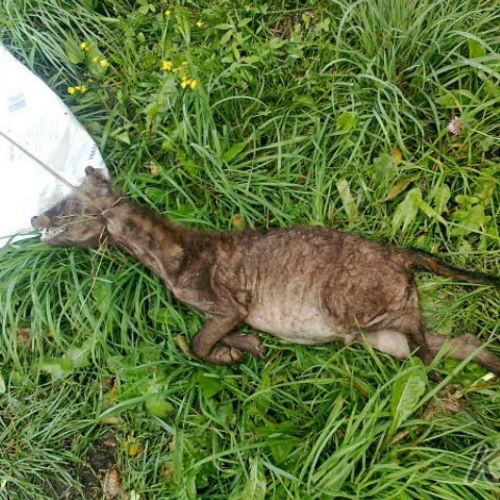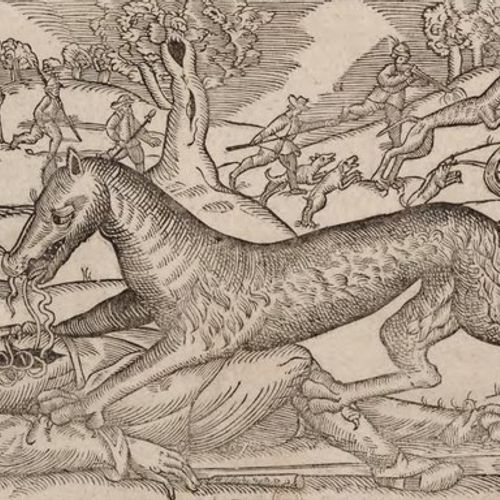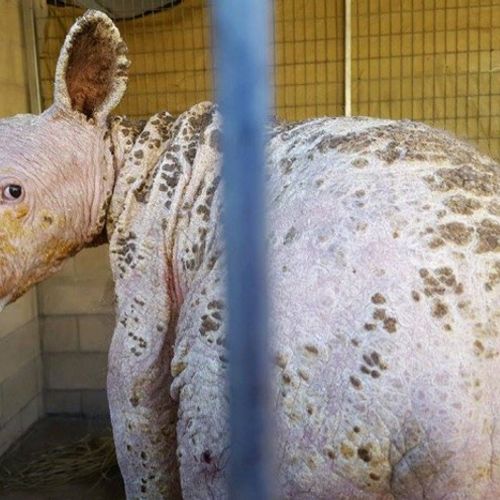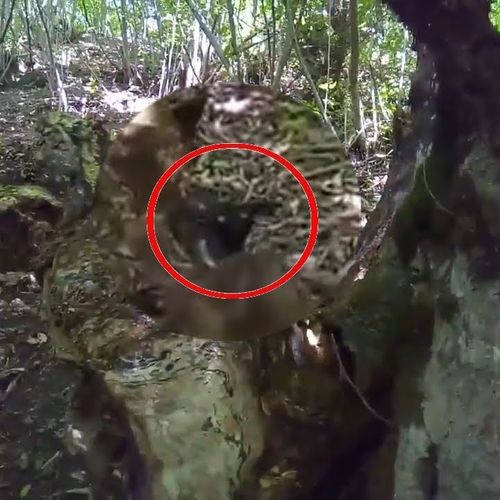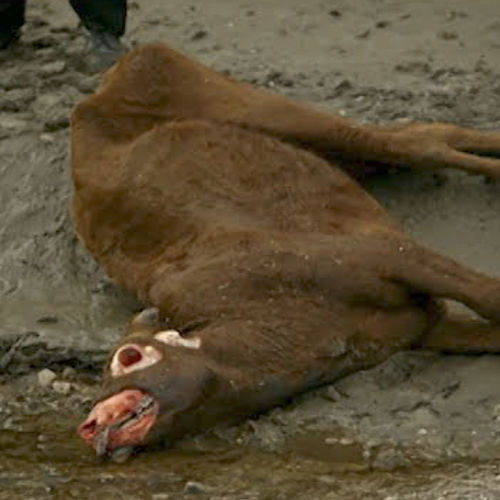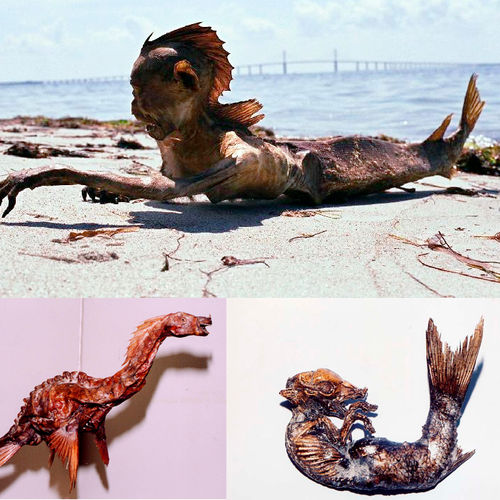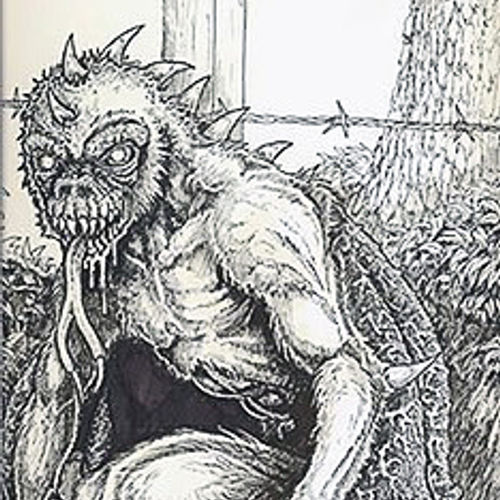
| Added | Sat, 01/10/2016 |
| Hierarchy | |
| Область распространения | Mexico
Puerto Rico
Chile
Brazil
United States
Russia
Belarus
Ukraine
|
| Характерные признаки |
→
→
→
→
→
→
→
→
→
→
→
→
→
→
|
| Sources | Cordelia Candelaria, Encyclopedia of Latino Popular Culture, Том 1, 2004г.
|
The legend of the mysterious creature "Chupacabra" originates from the state of Puerto Rico, located mainly on the island of the same name. The word "chupacabras" comes from the Spanish words "chupar" — "suck" and "cabra" — "goat", literally translated as "sucking goats", "goat vampire".
It is believed that the urban legend of the Chupacabra originates in the 1950s, when several dead goats were found in Puerto Rico, whose blood was allegedly sucked. However, the first case of an attack by this mysterious beast was recorded indeed in the fifties of the last century (more precisely in 1956), but in North America in Arizona. Similar cases have also been reported in Arizona, Oregon, Michigan, Illinois, New Jersey, New Mexico, Florida, and in some areas of Chile, Brazil and Mexico. However, most of the activity of this creature was in Puerto Rico (1995, more than a hundred victims), so it is considered the birthplace of the legendary Chupacabra.
Over time, similar cases began to occur outside of Puerto Rico - in the near regions and very remote. Dominican Republic, Argentina, Bolivia, Chile, Colombia, El Salvador, Panama, Peru, Brazil, the United States – on the territory of these countries, victims of chupacabra were noted – bloodless corpses of animals with small wounds on the neck. Since 2005, similar cases have been recorded on the territory of Russia. Eyewitness accounts are like two drops of water: the creature sneaks into the village, bleeds chickens, sheep, and silently disappears.
All cases of an attack by a monster from an urban legend are united by one feature – round wounds of not great depth on the victim's neck, as well as a partial or complete absence of blood in the victim's body and the scene of the incident.
Also, in some cases, the tricks of the chupacabra include, in addition to the indicated wounds on the body, neat "incisions" and holes. Moreover, specialists missed any organs, most likely extracted through wounds inflicted with surgical precision. There is another oddity in the corpses of the victims. Bodies don't stiffen. All joints retain mobility for a long time, and tissues retain softness. The blood that remains in the bodies of the victims of the chupacabra does not curdle and does not even thicken for weeks.
The description of the animal itself varies: in most cases, eyewitnesses describe an animal with a height of 4.5 to 5.5 feet (137 to 168 cm), he is credited with having a pig's snout (sometimes a coyote's muzzle), wings, spikes, clawed paws, glowing eyes (sometimes vice versa – black without whites). It jumps over high fences, runs fast, and in some cases even flies. The shape of the head varies (from oval to elongated pointed), the color from coal black to bright green with dark green speckles. Some say that the skin looks like a frog — green with spots; others claim that it has the appearance of a shaggy lizard with scaly skin. The presence of thorns, scales, and fur also varies from case to case.
Many eyewitnesses report a strong, unpleasant smell of sulfur, but others say that the creature has no smell.
They point out that in 1995, descriptions of the chupacabra appeared as a bipedal creature about a meter tall, covered with blond hair and with spikes sticking out of the sides (probably under the impression of the movie "The Individual"). Since the early 2000s, the chupacabra has been described mainly as a four-legged creature similar to a dog or coyote with fangs and a pig's muzzle, while referring it to cryptozoological phenomena.
In addition to explaining the tricks of the creature by ordinary living organisms, there are versions of a creature unknown to science. There are quite a lot of versions of the origin of the chupokabra, ranging from the simplest to the most incredible. Let 's list the most famous:
- unknown to science, a species of living creatures that has survived to the present day;
- a natural mutation of a known animal or a modification under the influence of a disease;
- the result of a genetic experiment;
- a creature of alien origin (this also includes a version - a creature from another world).
As we can see, stories about this mysterious creature appeared relatively recently and quickly spread around the world. Attacks and their consequences, as well as eyewitness accounts, differ in many ways, which may give reason to separate their causes. Therefore, it is necessary to consider each fact separately, identifying unexplained moments.
Phenomenon in mass culture
Related versions
Related facts
Related news
Related articles
Log in or register to post comments



